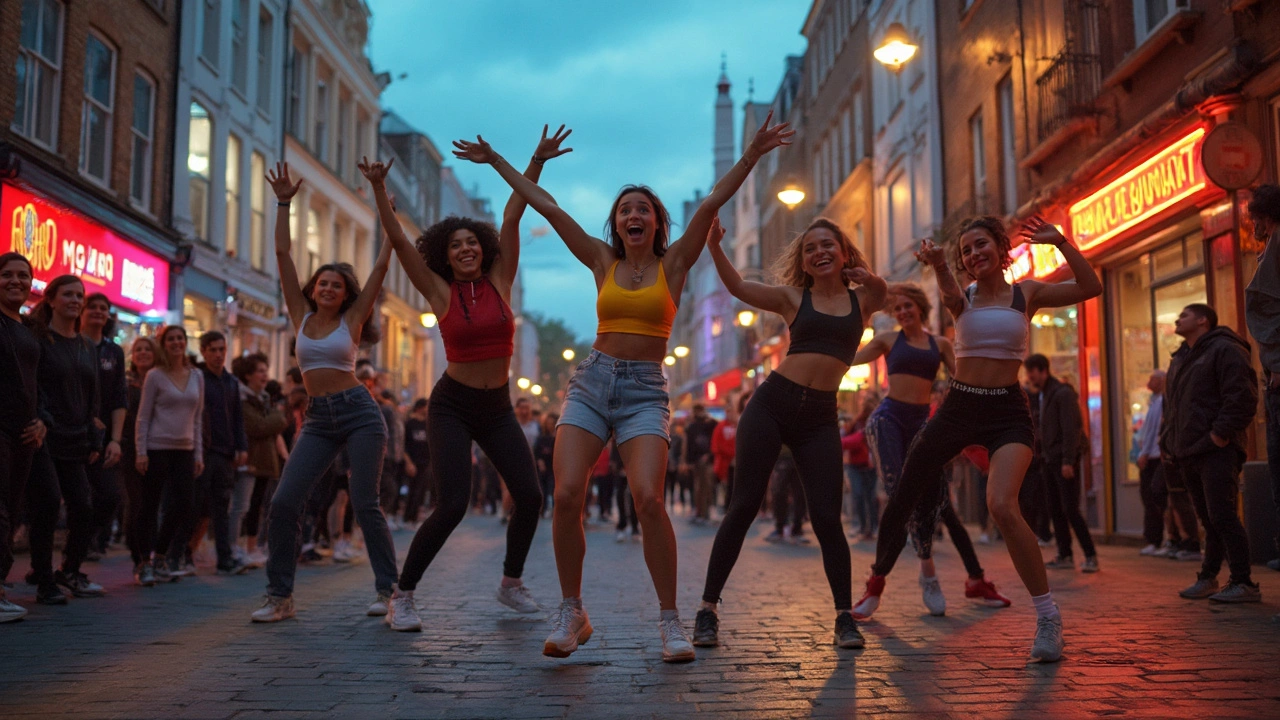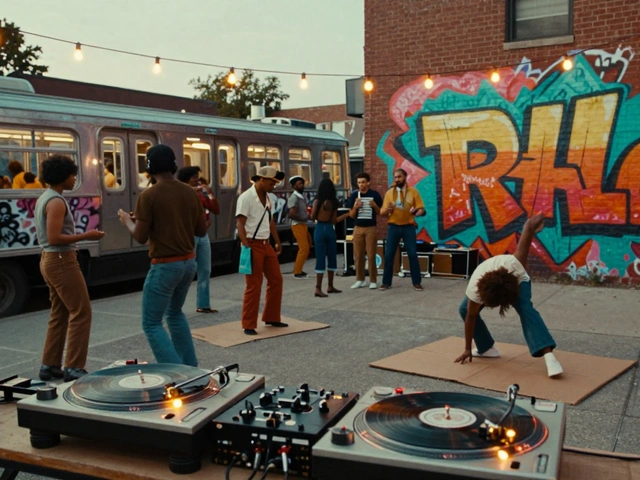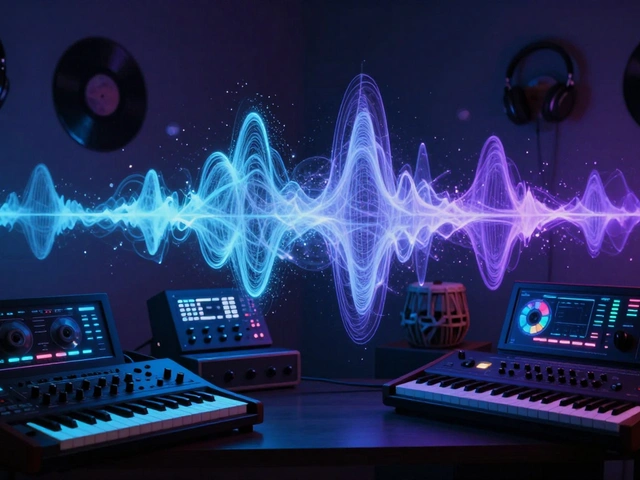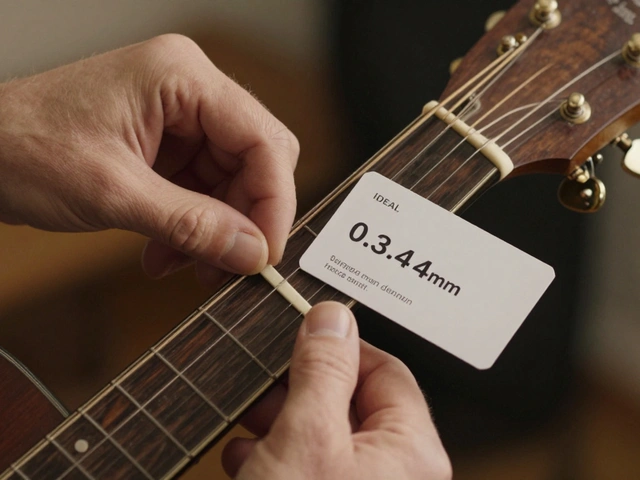Think you have to slog through boring routines to get fit? Not with dubstep dance. This style is all about quick, energetic movements that keep you on your toes—literally. The best part? You don’t need fancy gear or a huge space. Just some thumping beats and a positive attitude, and you’re set.
This isn’t like running on a treadmill or lifting weights in silence. When you’re moving to dubstep, you’re working your legs, core, arms, and your brain, all at once. Those fast pops, waves, and foot slides turn up your heart rate without you even noticing how hard you’re working. Plus, you’ll probably leave with a huge grin.
For anyone tired of the same gym setup, dubstep dance keeps things fresh and exciting. You get your sweat on, learn new moves, and forget you’re exercising. If you’ve ever tried waving or popping even for a minute straight, you know how intense it can get. And yes, those calories really do burn up fast. Ready to see how it all works? Let’s break it down from the basics.
- Why Dubstep Dance Works for Burning Calories
- Getting Started: What You Need
- Key Moves and Their Benefits
- Real Numbers: Calories Burned with Dubstep
- Tips for Beginners to Stay Motivated
- Sticking With It: Turning Dubstep into a Habit
Why Dubstep Dance Works for Burning Calories
If there’s one thing about dubstep dance that stands out, it’s how much energy you use in just a short session. Every move—whether it’s popping, locking, waving, or gliding—engages big muscle groups and keeps your heart rate up. In fact, the constant switching between fast and slow motions pushes your body in ways simple cardio can’t match.
The key is how dubstep dance combines strength, speed, and coordination. You’re working legs, arms, core, and back at the same time, so almost no muscle stays idle. Short bursts of intense movement mean your body burns more calories compared to many traditional workouts. You can hit 400-600 calories an hour if you’re really getting into it—about the same as running on a treadmill at a moderate pace, according to fitness trackers like Fitbit and Apple Watch.
| Activity | Estimated Calories Burned (1 hr) |
|---|---|
| Dubstep Dance | 400-600 |
| Jogging | 350-500 |
| Brisk Walking | 200-300 |
But dubstep dance adds another benefit: fun. When you’re having fun, you’re way more likely to stick with it. Your body works harder when you lose yourself in the music, and you tend to push further without noticing. That’s why people who switch to dance-based workouts often find it easier to keep moving and see better results.
No need to be perfect or advanced to burn those calories. Even simple routines work your body and keep your mind focused. The unpredictability of the music and moves keeps your body guessing, so boredom never sets in. That’s a winning combo for anyone looking to torch calories and actually enjoy the process.
Getting Started: What You Need
If you want to get into dubstep dance for burning calories and having fun, you really don’t need much to hit the ground running. The beauty of this dance style is its simplicity. Forget expensive gym equipment or strict dress codes—here’s what actually matters:
- Comfortable clothes: Go with loose-fitting t-shirts, joggers, or shorts—anything you can move freely in. You’ll be popping, sliding, and possibly getting sweaty, so breathable fabric helps a lot.
- Good shoes: Sneakers with decent grip and support are enough. Some dancers even go barefoot at home, but make sure your surface isn’t slippery.
- Speakers or headphones: Let’s be real, dubstep is all about the beat. Whether you have a Bluetooth speaker or headphones, you’ll need something that cranks up those heavy drops.
- Space: Just clear a patch of floor in your living room or garage. Arms-length in all directions is ideal, but you can always adapt if you’re in tight quarters.
- Internet access: Most beginners learn by watching YouTube tutorials or joining livestream classes. There’s a thriving online community for dubstep dance with tons of free resources.
That’s it—no special gear or membership fees. A lot of people even start by mirroring moves from TikTok or Instagram reels before getting serious about technique.
If you like to train with real numbers, check out how many calories you might burn in a 30-minute session based on activity level:
| Effort Level | Calories Burned (30 min) |
|---|---|
| Low (beginner, simple moves) | 130-180 |
| Moderate (mix of basics and footwork) | 200-280 |
| High (intense popping and full routines) | 300-400 |
So if you want a low-cost, high-energy way to work out, dubstep dance is wide open for you. Literally just press play and get moving.
Key Moves and Their Benefits
Learning the main moves in dubstep dance isn’t just about looking cool—it’s about getting the most out of every session. Some moves torch more calories than others, so it pays to know which ones push your body further. Here are the standouts:
- Popping: This is all about quick muscle contractions, forcing your abs, arms, and legs to snap into place with the music. It gives you a strong core workout and cranks up your heart rate fast.
- Waving: Flowing arm and body waves look easy but take real muscle control. Holding these shapes tones your shoulders, upper back, and arms.
- Gliding: Moving across the floor like you’re on ice? It takes solid calf and thigh strength, plus balance. Bonus: gliding works your stabilizing muscles that often get ignored in basic workouts.
- Tutting: This funky move traps your arms into sharp angles, almost like forming boxes. Tutting improves shoulder mobility and coordination. It’s a killer move for joint health and focus.
- Robot: You break down the movement into small, isolated parts. This targets smaller muscle groups all over the body and refines your motor control.
These moves don’t just add variety—they target different muscle groups so you’re not just working your legs or arms, but your whole body. If you go full out, you can burn up to 500 calories per hour. That’s about what you’d lose running a fast 5K!
| Dubstep Move | Main Muscles Worked | Approx. Calories Burned (per 10 min) |
|---|---|---|
| Popping | Abs, arms, quads | 85 |
| Waving | Shoulders, arms, core | 65 |
| Gliding | Calves, thighs, core | 70 |
| Tutting | Shoulders, wrists | 50 |
| Robot | Forearms, calves, neck | 55 |
Mixing these moves in a single session cranks up both the intensity and the fun. Plus, your coordination and memory get a boost, since you’re always learning new combos or tweaking what you know. If you’re looking to pack a workout into a small space, dubstep dance more than delivers.
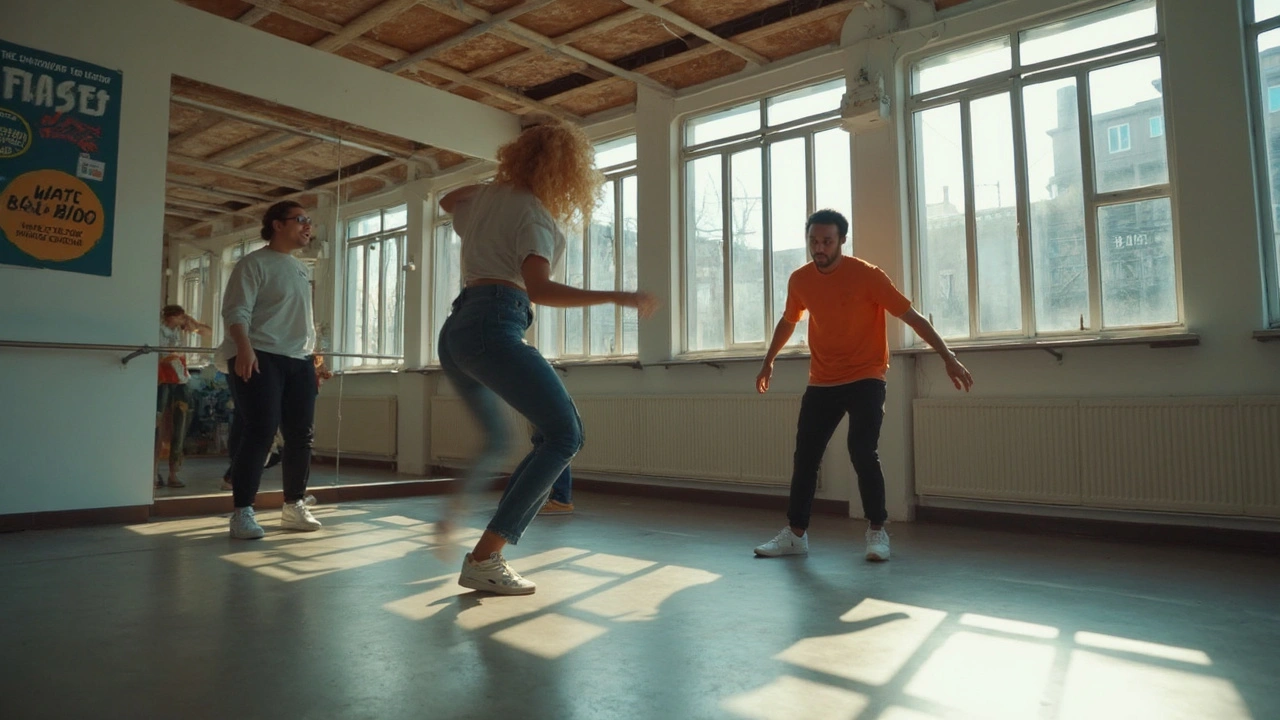
Real Numbers: Calories Burned with Dubstep
So, how many calories does dubstep dance really burn? It depends on your energy level, body size, and the style of routine you choose. But here’s something that grabs attention: in studies comparing high-intensity dance to regular cardio, dubstep routines stack up surprisingly well. On average, a good session of dubstep can torch between 350 and 600 calories per hour. That’s right up there with running or cycling, except you’re enjoying yourself a lot more.
Check out this comparison for a 150-pound (68 kg) person doing different activities for an hour:
| Activity | Calories Burned |
|---|---|
| Dubstep Dance | 400–600 |
| Jogging (5 mph) | 460 |
| Zumba | 370 |
| Weight Lifting | 220 |
How is that possible? It’s all about those fast-paced foot moves, body waves, and non-stop transitions. Your heart rate stays high, sometimes spiking above 140 beats per minute if you really get into it. This turns dubstep dance into a true cardio workout, not just some random dance moves in your living room.
Even a 30-minute jam session can leave you drenched and see you burning 200–300 calories. If you add in some advanced popping, quick shuffles, or freestyling, you’ll be sweating even sooner. And remember, you don’t have to be a pro—just keeping up with the music and trying to nail the basics is enough to get your body moving and the calories melting away.
Tips for Beginners to Stay Motivated
Staying pumped about dubstep dance is way easier when you make it fun and set tiny goals that keep you moving. It’s common to get stuck or even feel a bit awkward early on, but there are some real tactics that can keep your spirits high and your sneakers moving.
- Pick your music smartly: Nothing kills the mood faster than tunes you’re not into. Try making a playlist of your favorite bass-heavy tracks. Many people find that switching up their music every couple weeks helps stop boredom from creeping in.
- Break it up: Aim for short sessions instead of marathon practices. Just 10-20 minutes a day of dubstep dance can help form a habit without burning you out.
- Record yourself: Watching your own progress is super motivating. Use your phone to film routines every couple weeks. You’ll see real changes (and get a good laugh at the goofy moments, too).
- Join a community: Whether that’s a local class or an online group, staying connected gives you people to cheer with and share tips. A 2023 poll found that dance beginners who joined online challenges stuck to their routines nearly twice as long as those dancing solo.
- Challenge yourself: Set small, clear targets—like learning a new move each week or hitting a certain number of practice days. Every win makes the next push a little easier.
| Habit | Sticking Rate (%) |
|---|---|
| Dancing alone | 42% |
| Connected to a group | 76% |
Don’t be shy about celebrating your progress. Share clips on social media or just show your friends—chances are, you’ll inspire someone else to give dubstep dance a shot while locking in those healthy habits for yourself.
Sticking With It: Turning Dubstep into a Habit
Turning dubstep dance into a regular thing is way easier if you make it part of your routine and keep things exciting. First off, set a schedule you can actually stick to—maybe after school or work, or right before dinner. The key is to keep it consistent, so your body and mind start to expect a dance break.
It also helps to create little milestones. Try learning a new move each week or nailing a full song by the end of the month. Filming your sessions might seem weird at first, but watching your progress is actually really motivating. Plus, you'll spot areas to improve.
Finding a buddy or a group online can keep you accountable. There are tons of free dubstep dance tutorials on YouTube, and some platforms offer weekly challenges where you can upload your routine. Posting your clips or even just chatting in a group can give you that little push when you really don’t feel like moving.
- Dubstep dance sessions that last 30–45 minutes, three times a week, are enough to see real changes in energy and stamina after about a month.
- Listening to new tracks and switching up your playlist keeps things fresh. The excitement of a great song is a real game-changer for motivation.
- If you’re struggling to stick with it, set smaller goals—try just five minutes a day, then build up. The sense of momentum will make things much easier long-term.
Here's a quick look at how weekly practice can impact your calorie burning over time:
| Weeks Dancing | Avg. Calories Burned/Session | Total Burn (3 sessions/week) |
|---|---|---|
| 1 | 250 | 750 |
| 4 | 270 | 810 |
| 8 | 300 | 900 |
Sticking with dance workout routines like this doesn’t come down to willpower alone. Make it enjoyable, mix things up, and celebrate your progress. Before you know it, you’ll look forward to every session—and the results will show in your energy, skills, and overall fitness.

